Nonna’s Easy & Best Pastina Recipe aka Italian Penicillin!
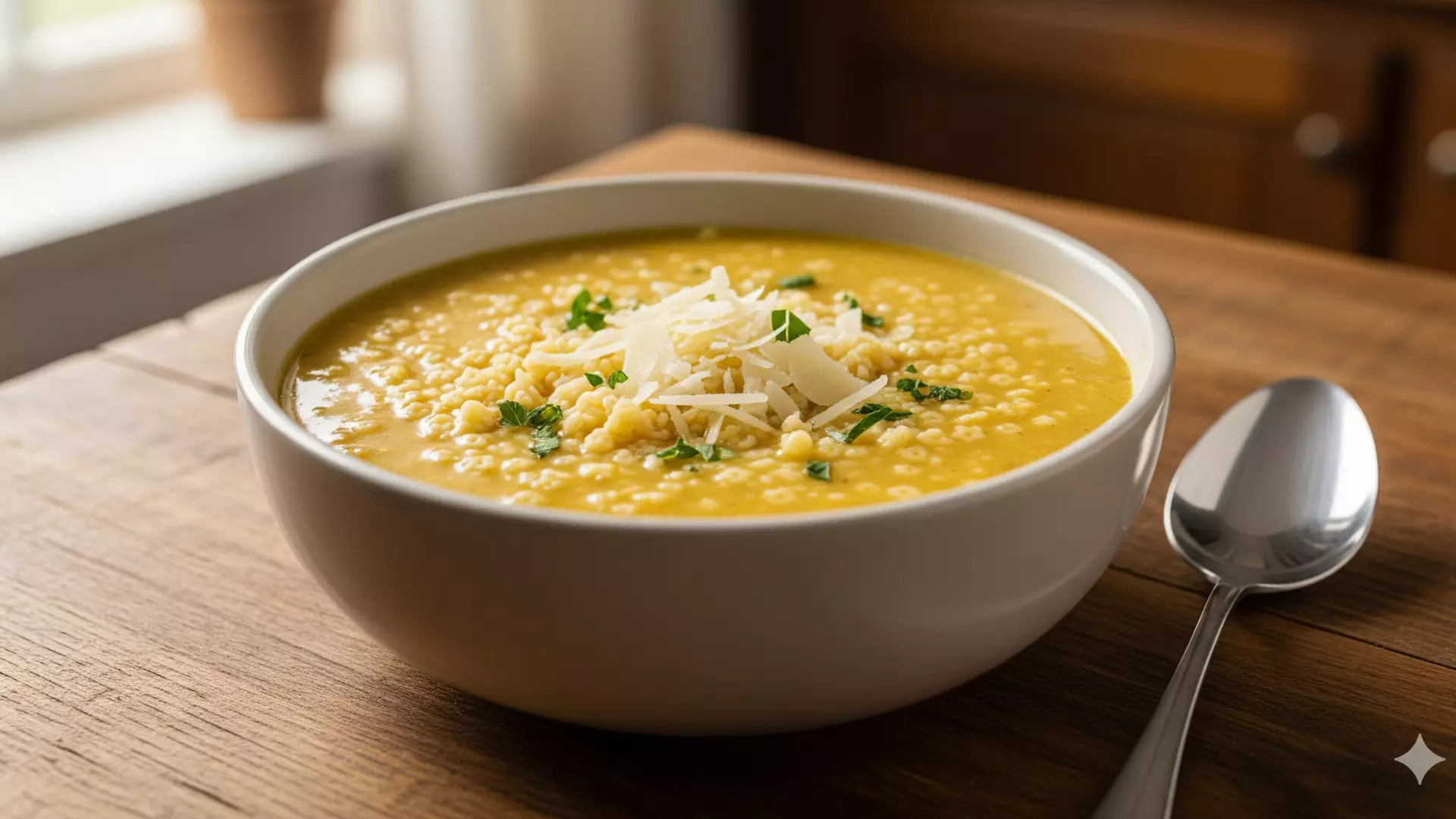
Pastina brings back so many childhood memories when my Nonna used to make the world’s best pastina for us with the perfect level of texture, creaminess, and balanced seasoning. It was like a comfortable and warm hug from a bowl of Italian penicillin aka pastina soup.
For babies, old people, children, adults, the sick, happy, everyone used to love it, and it was equally flavorful and healthy. The nutrition of the broth in which it’s boiled gives you exactly what you need to enjoy the flavorful pastina, while your body will thank you for this bowl of healthy Italian soup.
What if I told you that you can make it quickly with the easily available ingredients without having to do too much to enjoy the flavor? Sounds fun, right? Let’s go ahead and give you the list of ingredients, step-by-step pastina recipe, and some variations you can use with it as a main course. Let’s dive in!
What is Pastina aka Italian Penicillin?
In Italian, the exact meaning of pastina is “little pasta” also called Italian penicillin in Italy. It comes in different shapes such as stelline (stars), anellini (rings), or acini di pepe (tiny dots). Different pasta-makers might have their unique shapes, but in the end, all of these are pastina. It’s more like an Italian cure-all soup for literally anyone. Even kids enjoy it and ask more when they have just had 2 bowls already (so, be careful there 😁).
Traditionally, it was cooked more like a soup than a pasta, and has a watery texture like Canh Chua, but today people prefer to keep it creamy like a pasta. This Italian penicillin soup has been a key part of Italian cuisine for centuries, nationwide loved as the perfect go-to comfort food (more on it below 👇).
Why is Pastina a Perfect Italian Comfort Food?
Everything connected to our childhood memories (good ones) brings nostalgia, which releases dopamine when we encounter it in our teenage years, adulthood, or even old age. I bet most of us had pastina as a major part of our childhood, especially if you have grandparents. Here are the top 5 reasons why it’s widely popular and loved.
1. Cultural Connection: Pastina is deeply rooted in Italian family traditions, where mostly Nonnas make it for their kids and grandkids. It has become a sign of love and care more than just food. The first solid food an Italian baby has is this pastina soup.
2. Easy to Make: This easy pastina recipe has the simplest ingredients that you use in your day-to-day life (as an Italian). And it doesn’t take a lot of your time in the kitchen, which is why it sometimes works as a lifesaver when it’s your turn to cook dinner.
3. Ritual & Repetition: You must have associations with pastina recipe, such as when you were sick, a bowl with Sunday movie night, or after you came back from school tired.
4. Textural Psychology: The small and uniform shapes give a sense of predictability, which gives a signal of safety and comfort to the brain. That’s why every bite of pastina feels so satisfying.
5. Healing Qualities: Of course, don’t even need to mention it. It has the healing quality for an infant, an elderly person who’s at the last stage of their life, and anyone who has come under the weather and gotten sick.
Simple Pastina Ingredients You’d Find in Your Kitchen
The list of ingredients you need for this best pastina soup recipe is really easy to find; maybe you’ll find all of them in your kitchen. Let’s dive in!
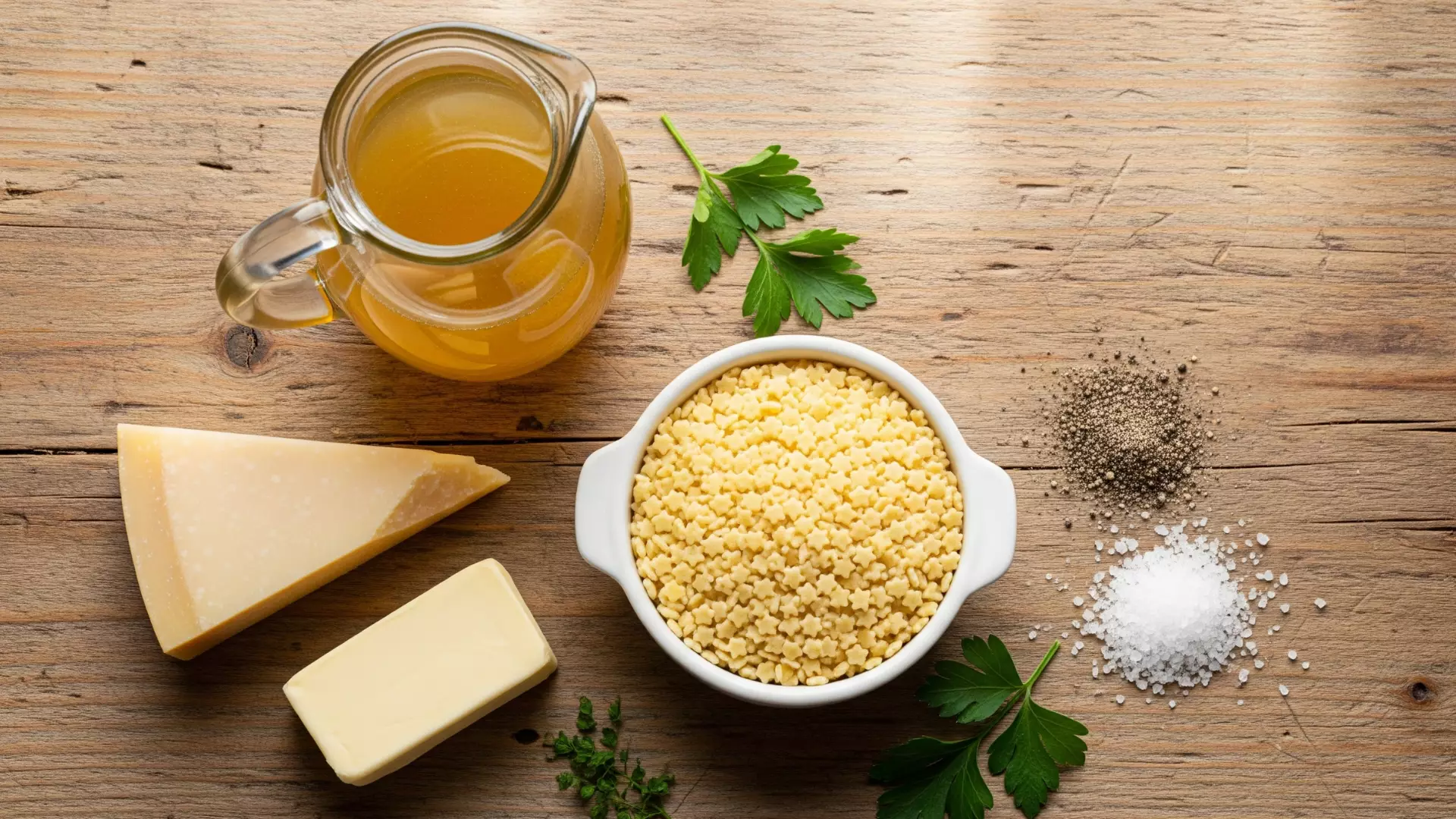
I have mentioned the quantity of each ingredient for 2 servings below:
How to Make Pastina Without Getting It Too Watery & Too Thick?
We all have been there. Sometimes, we can’t even figure out why it got too watery or too thick. Messing up such a simple dish can really break the confidence sometimes. And I would hate for it to happen with you. That’s why I’m sharing my Nonna’s not-so-secret recipe for pastina. Follow it religiously to get the ideal texture of a pastina dish.
Step 1: Heat the Broth
You have to pour the chicken or vegetable broth (whatever you’re using) into a medium pot and let it boil gently.
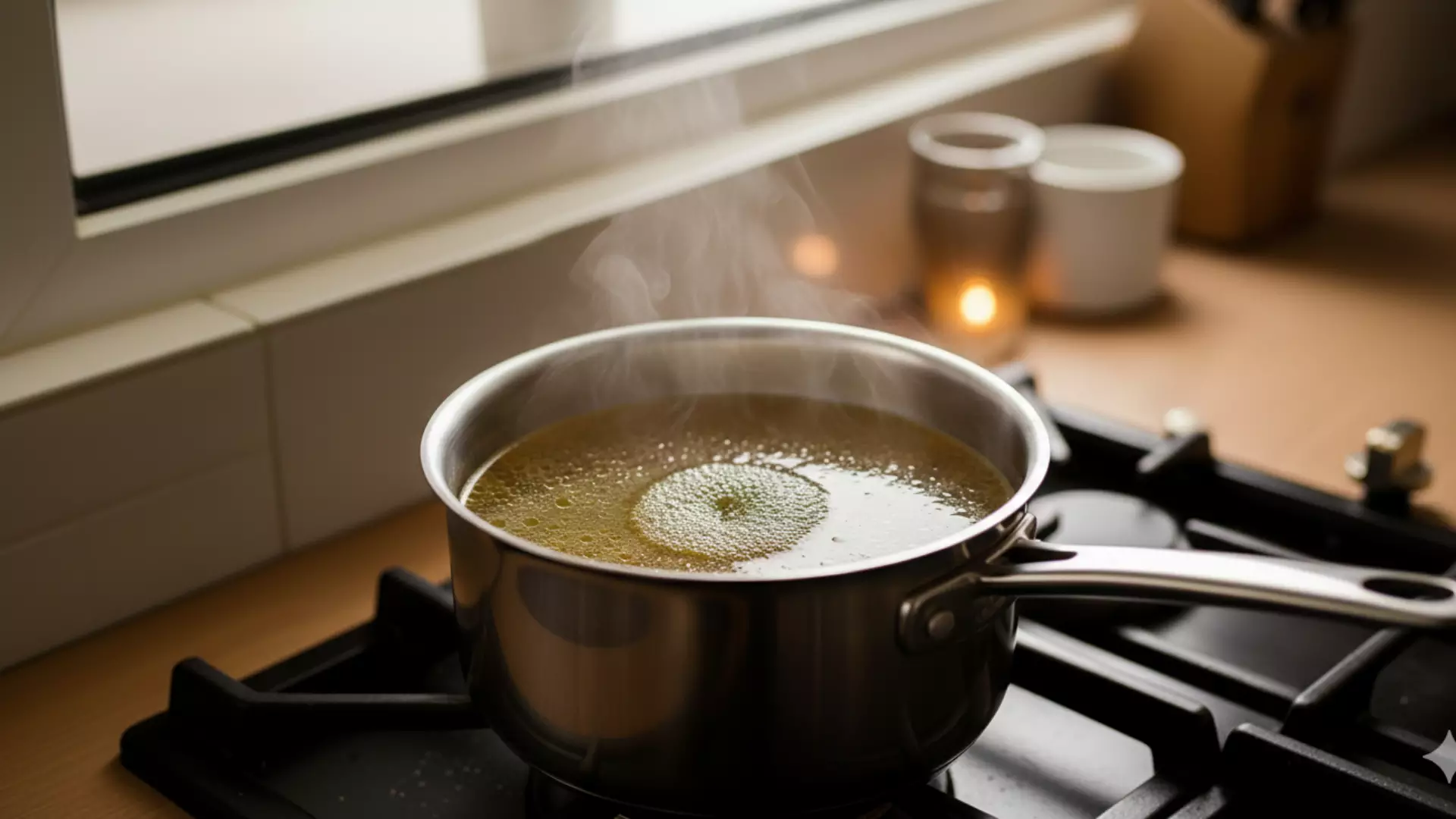
Step 2: Cook the Pastina
Once there’s a boil in the broth, add the pastina and let it cook for a maximum of 5-6 minutes. If you don’t want your pastina to be overcooked, don’t walk away from it because it cooks very quickly and then turns mushy (which you wouldn’t want).
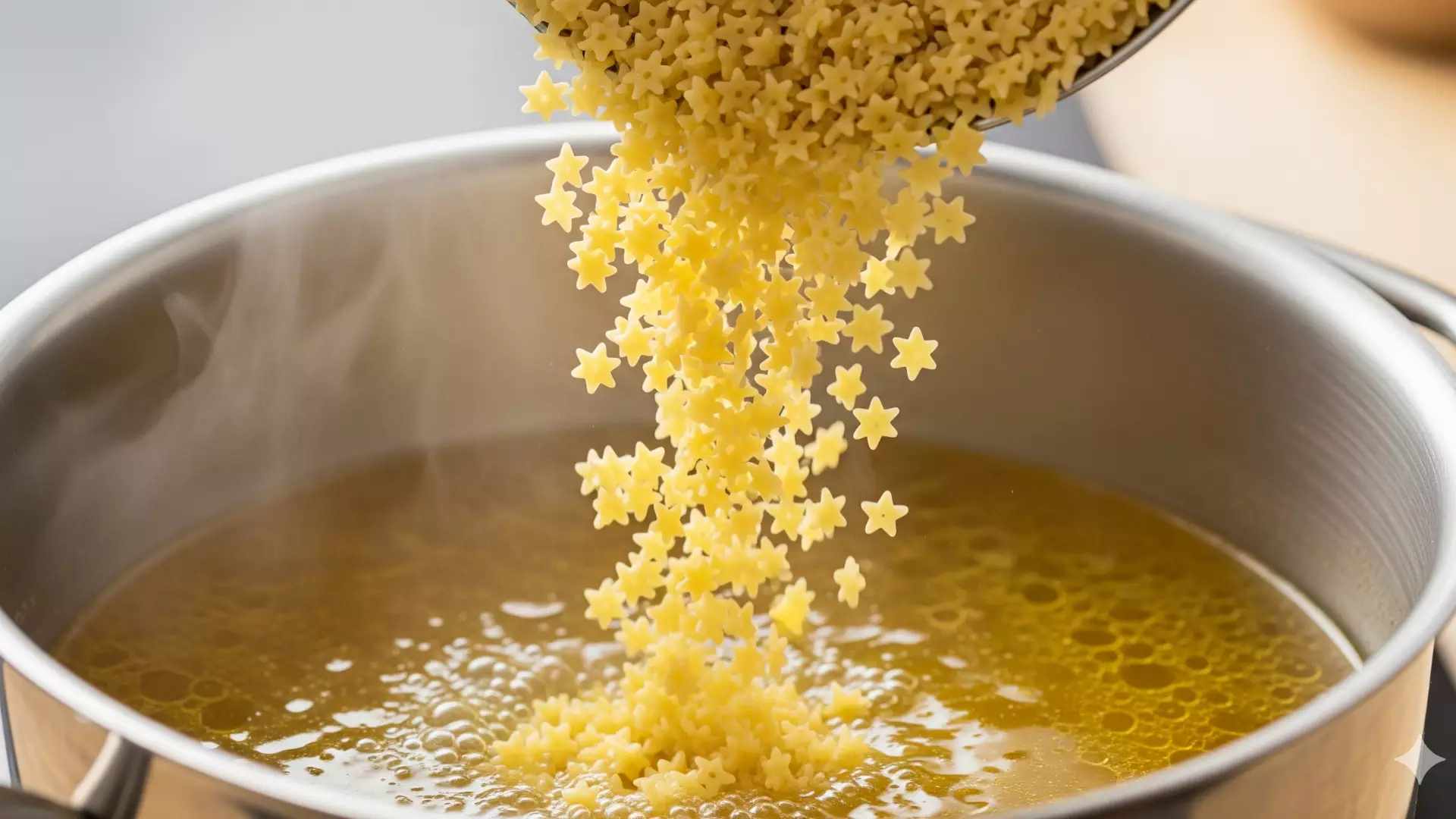
Step 3: Whisk the Egg
As per the traditional one, you have to add an egg. So, if you want to follow pastina recipes with egg, then whisk it in a small bowl until it’s smooth. When the pasta is done, add the egg slowly from one hand and keep stirring with the other so it doesn’t stick to the bottom.
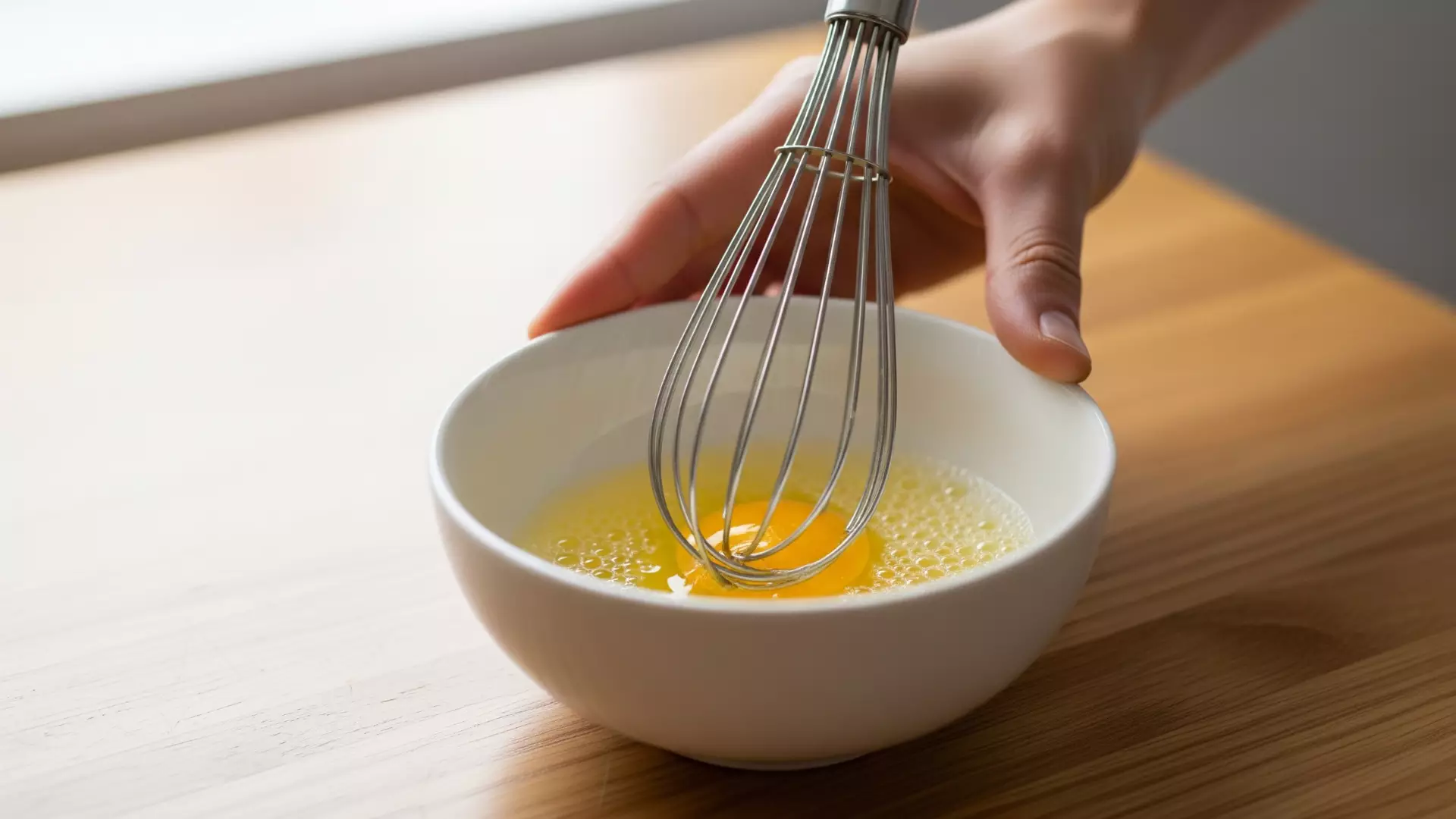
Step 4: Add butter
At this point, you have to add butter (or olive oil) until it’s completely melted and combined with the pastina. It gives broth a creamy and smooth texture, which the kids love.
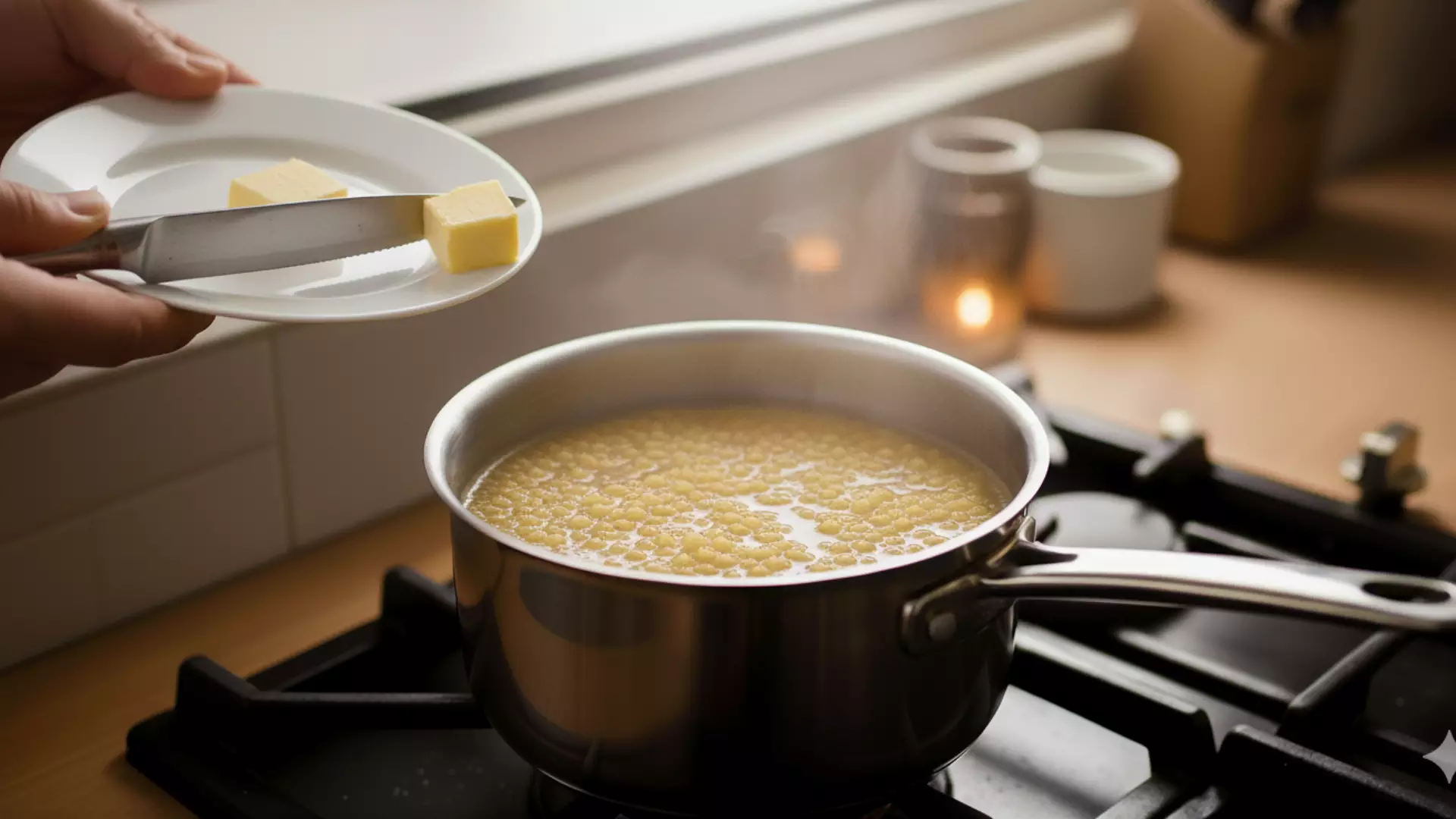
Step 5: Season and finish with cheese
Once the butter has melted, add the Parmigiano Reggiano cheese, black pepper and salt. Keep in mind, some broths and cheeses (especially the one you’re using) have an extra salty taste, so make sure it’s not overdone.
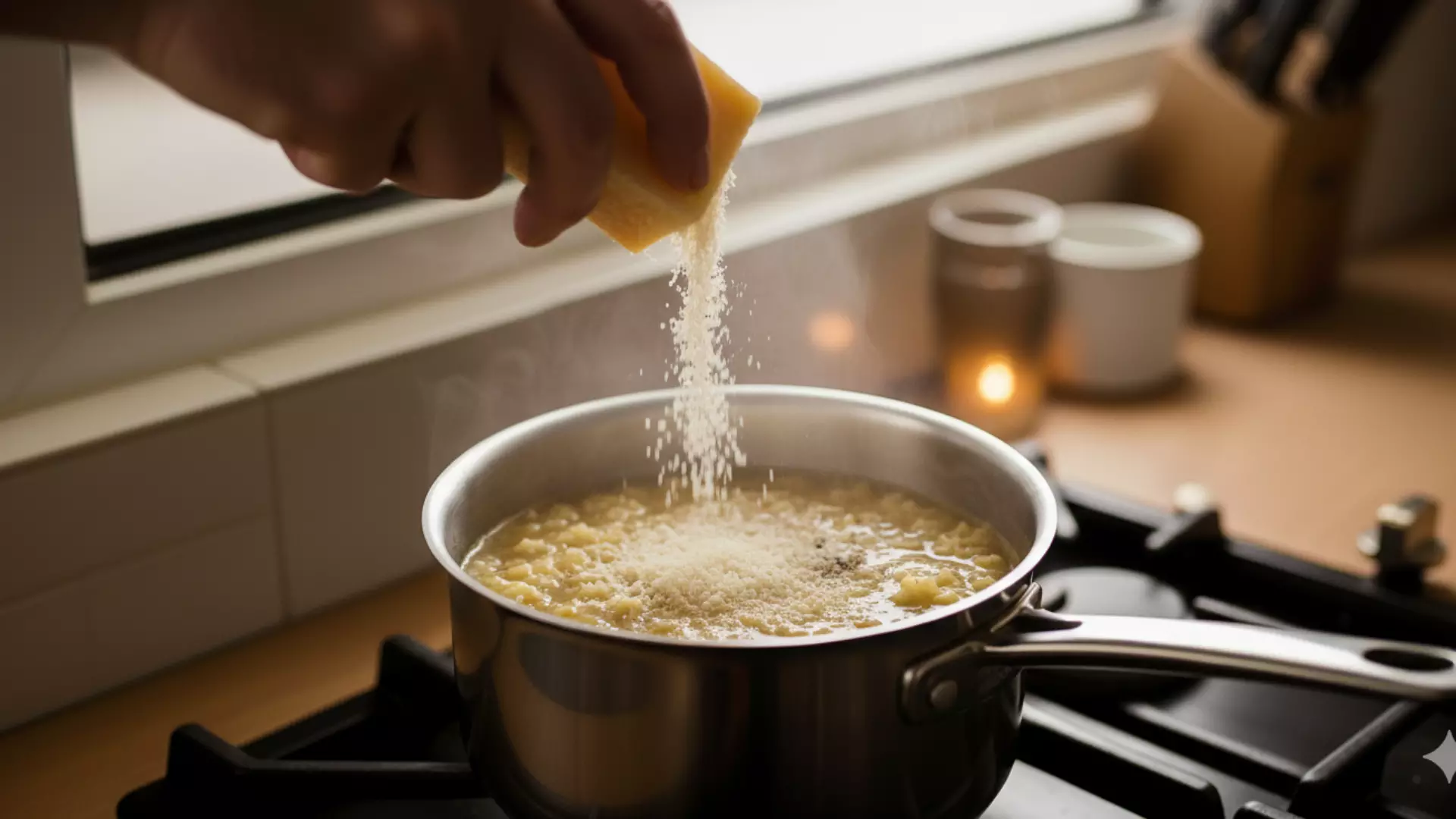
Step 6: Serve warm
I know you’re drooling, so let’s shift it into a bowl and have the first bite, and yummmmm, it’s just the best thing in the world right now. (I feel you)
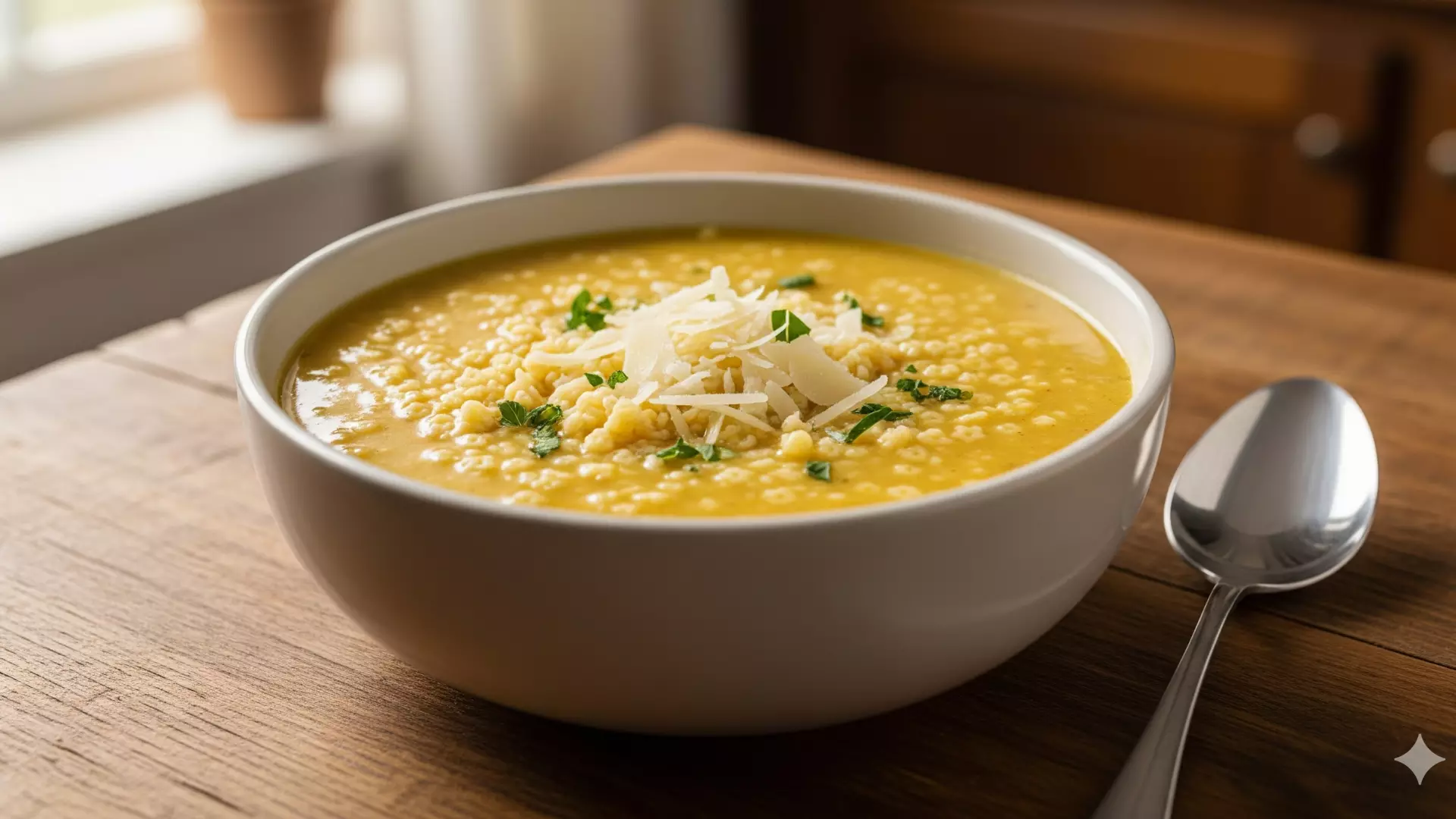
Pastina Calories & Nutrition Information
Version
Total Recipe (with Butter)
Per Serving (with Butter)
Total Recipe (with Olive Oil)
Per Serving (with Olive Oil)
Calories
930
465
947
474
Carbs
108g
54g
108g
54g
Protein
28g
14g
28g
14g
Fat
21g
11g
24g
12g
Saturate Fat
9g
5g
5g
3g
The Bottom Line: Your Go-to Easy Pastina Recipe Ever
Pastina not only brings back the golden memories of your Nonna making it for you and your siblings, but also connects you with the culture if you are an Italian immigrant. In that case, make sure you make this easy pastina recipe (at least once) for your friends here, coz they’re gonna love it.
On top of that, it’s just so easy to digest, so you don’t have to worry about that. On that note, I wanna reinforce the fact that in this given pastina recipe, we have kept it really simple, but you can go ahead and add the extra ingredients as per your preference, such as milk and herbs.
So, if someone’s feeling a bit down, bring `em home and make this pastina recipe to cheer them up. Trust me, they’ll remember your act their whole life. The same goes for someone who’s sick in your home or your friends & family. Get them a bowl of this incredibly easy pastina recipe and make a special place in their heart forever.
